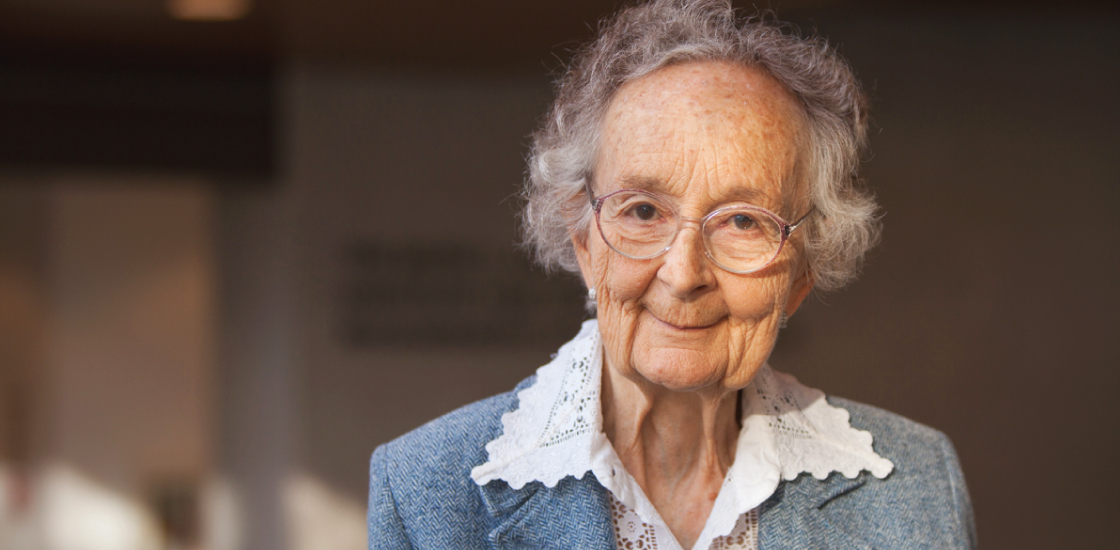Sylvie Goldman
Assistant Professor
Columbia University Medical Center
From this contributor
Remembering Isabelle Rapin (1927-2017)
Isabelle Rapin, a child neurologist who spent more than 50 years working with people with autism, passed away 24 May at the age of 89.
Valuable videos
Systematic analysis of video clips is better than questionnaires are at assessing repetitive movements in children with autism, says Sylvie Goldman.
Papers that defined diagnostic tools for autism research
It took 50 years for scientists to develop instruments reliable enough to be considered the gold standards for diagnosing autism. Autism has always been around, but it was not until the mid-1940s that Leo Kanner in the United States and Hans Asperger in Austria, both physicians, independently described children with what we now recognize as autism.

Papers that defined diagnostic tools for autism research
Explore more from The Transmitter
Some facial expressions are less reflexive than previously thought
A countenance such as a grimace activates many of the same cortical pathways as voluntary facial movements.

Some facial expressions are less reflexive than previously thought
A countenance such as a grimace activates many of the same cortical pathways as voluntary facial movements.
Cracking the neural code for emotional states
Rather than act as a simple switchboard for innate behaviors, the hypothalamus encodes an animal's internal state, which influences behavior.

Cracking the neural code for emotional states
Rather than act as a simple switchboard for innate behaviors, the hypothalamus encodes an animal's internal state, which influences behavior.
Alex Maier argues that a scientific explanation of consciousness requires grounding in formalized mathematics
When it comes to discovering laws of nature for consciousness similar to those in physics, Maier argues that integrated information theory is the only game in town.
Alex Maier argues that a scientific explanation of consciousness requires grounding in formalized mathematics
When it comes to discovering laws of nature for consciousness similar to those in physics, Maier argues that integrated information theory is the only game in town.
